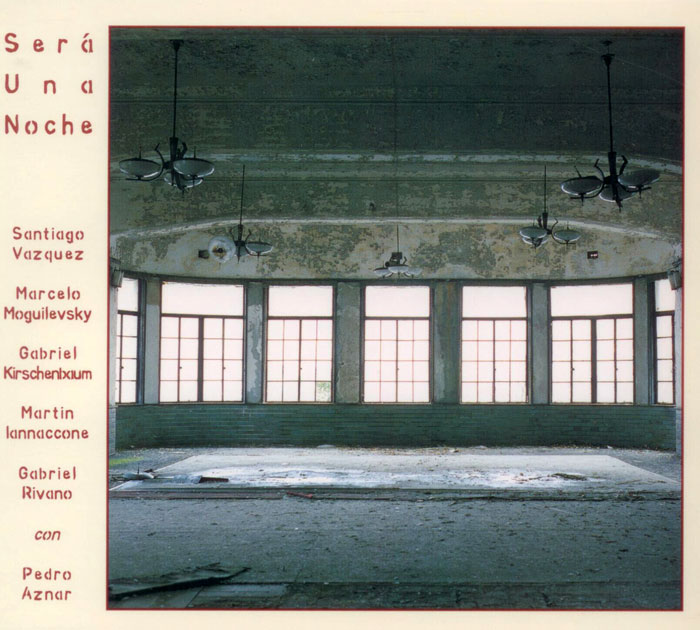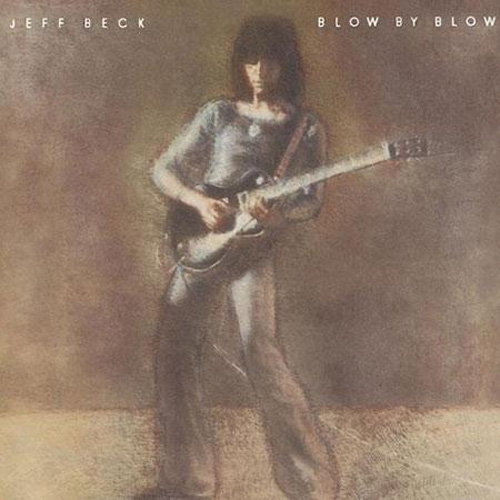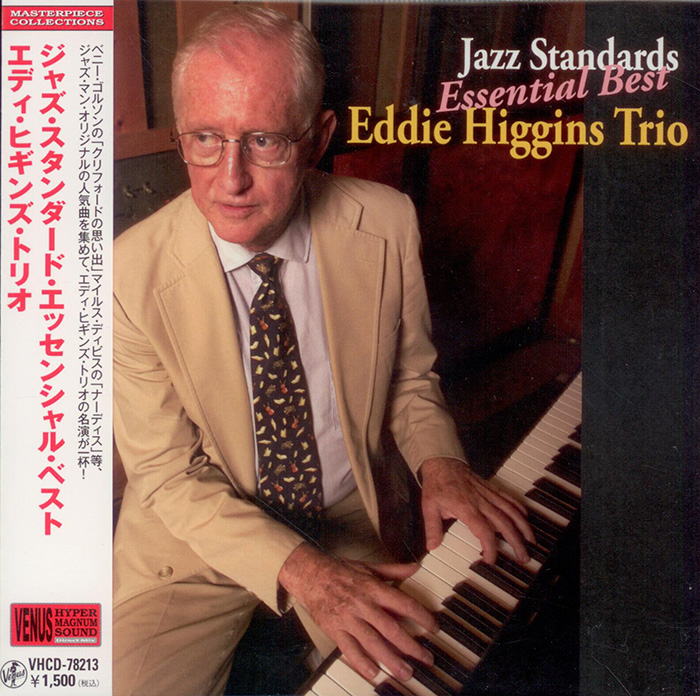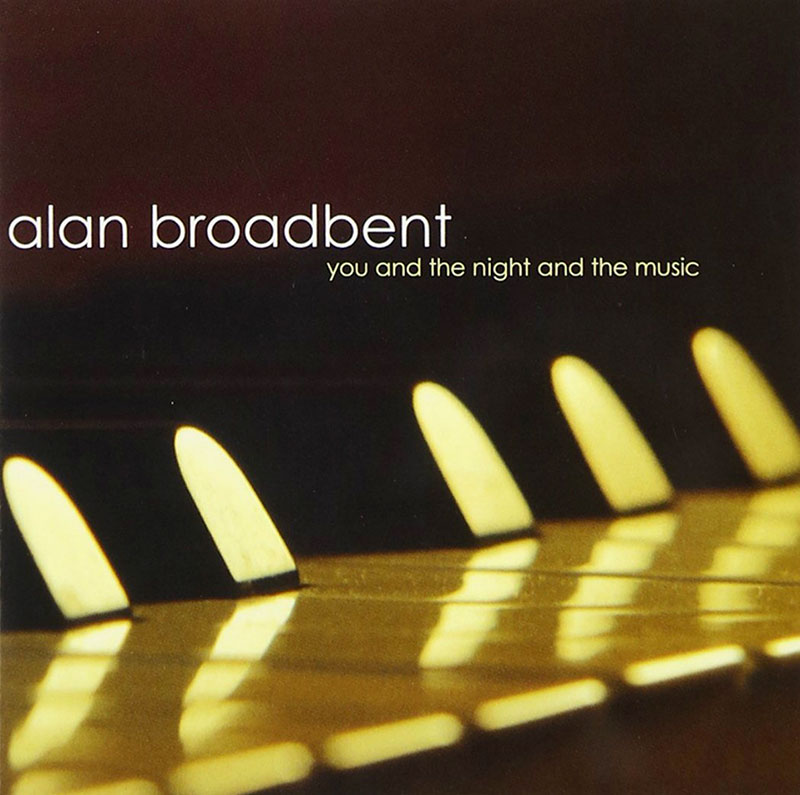Logowanie
KOLEKCJE!
BACH, CHOPIN, LISZT, MOZART, GRIEG, Dinu Lipatti, Otto Ackermann, Ernest Ansermet
The Master Pianist
PROKOFIEV, CHOPIN, TCHAIKOVSKY, SCHUMANN, BEETHOVEN, Martha Argerich, Claudio Abbado, Giuseppe Sinopoli
The Concerto Recordings
The Collection 2
Jakość LABORATORYJNA!
ORFF, Gundula Janowitz, Gerhard Stolze, Dietrich-Fischer Dieskau, Deutsche Oper Berlin, Eugen Jochum
Carmina Burana
ESOTERIC - NUMER JEDEN W ŚWIECIE AUDIOFILII I MELOMANÓW - SACD HYBR
Winylowy niezbędnik
ClearAudio
Essence MC
kumulacja zoptymalizowana: najlepsze z najważniejszych i najważniejsze z najlepszych cech przetworników Clearaudio
Direct-To-Disc
PIAZZOLLA, ChamberJam Europe
Tangos del Ángel y del Diablo
Direct-to-Disc ( D2D ) - Numbered Limited Edition
Sera Una Noche
Sera una Noche

- Santiago Vasquez et all - Sera Una Noche
- 01. Malena (7:50)
- 02. Soledad (7:14)
- 03. Quedemonos (5:27)
- 04. Vals en Mi (3:31)
- 05. Como dos Extranos (3:13)
- 06. Nublado (11:25)
- 07. Malena (5:10)
- 08. Zamba de la Viuda (5:30)
- 09. Quejas de Bandoneon (3:49)
- 10. Tanguito del 2000 (6:03)
- 11. Andrea en la Boca (5:02)
- 12. Tristezas (3:43)
- 13. Volver (3:16)
- Sera Una Noche
MA presents our first "Tango" album, "Será Una Noche", which is by no stretch of the imagination a normal Tango record. Conceived by Argentine percussionist, Santiago Vazquez and MA producer, Todd Garfinkle, "Será" was recorded in a small church about 150 kilometers from Buenos Aires, in June of 1998. The thought process for the album began with Santiago hearing MA's "Luz Destino" (M039A), the Fado (traditional Portuguese song) album arranged in Baroque style by Ricardo Rocha, with Maria Ana Bobone (voice) and Joao Paulo (harpsichord). Santiago first thought to do something similar with Tango, using harpsichord, etc, but later developed his concept to be more contemporary improvisation oriented, but with a strong emphasis on Argentine folkloric elements as well. The results, with famous pop artist Pedro Aznar singing some of the most famous Tangos ever, is quite astounding. For more insight into the project, here is what Santiago wrote for the liner notes: Será Una Noche Nobody really knows the etymological origin of the word "Tango". It is supposed to be an african word referring to a place for dancing. We do know however that the Tango was born around 1900 as a result of the fusion of music brought to Buenos Aires by immigrants from Italy, Spain, Germany, and many other places in Europe. And there are even people who say that Tango has its portion of Afrikan roots, brought by the black people coming from Uruguay and Brazil. However, "el tango" developed a character and an accent very different from the musics that gave it birth. It was born in the brothels of the port area, in marginal environments, and also in some neighborhoods farther from downtown, with a more rural style. It then began to spread throughout the whole city and outside the city. The first Tango groups included instruments such as the flute (or recorder), clarinet, bandoneon (the instrument brought from Germany which took Tango to its highest artistic development), violin, guitar, and later with the first "orquestas", the piano, double bass, cello, or even more rare instruments for tango, like the tuba or drumset. Tango was born as instrumental music to accompany dancing, but the voice was added in the very early stages, while Tango lyrics developed into a poetical form with its own themes and character. Lead by many cultivated musicians, Tango was refined, and took elements from other cult musics such as classical or jazz (which was at that time quite popular). Counterpoint, harmony and orchestration also developed. Later on came some musicians that took some of the elements of Tango to create a music of great complexity and cultural value, but breaking away from traditional forms and its dance character. Astor Piazzola is the most representative of these musicians. During the sixties, Tango began its decay, probably due to the invasion of rock music and other foreign musics, that quickly gained popularity on radio shows, and among the young people. Since then in Argentina, Tango doesn’t seem to have recovered, in spite of the increasing number of tries to reanimate it as a vibrant musical genre. Maybe there exists in Tango, something opposed to change - although change is necessary for survival. The general subject of Tango lyrics is nostalgia, and the pain for what is gone, for what has changed: a great love, youth, one's childhood neighborhood, good and old costumes, and so on. The past is a constantly referred to. This may be due to its birth and development among immigrants and people who gave up and/or lost their mother countries and original cultures. Nobody knows for sure. Recently, in Argentina there are a great amount of young musicians playing Tango. Most of them play old arrangements and compositions from before the sixties. A few compose new music using the traditional idioms of expression, but with lyrics talking about the present, and using the kind of words that young people use now, some times with ironic meanings. There are also many musicians experimenting with cult versions of instrumental Tango and some fusing it with other styles, such as Jazz, Pop or Cumbia. But still, there is not yet one clear and visible way for the regeneration of Tango. There are those who use its form, or who take isolated elements to recombine them. And there are - as is the case with this recording - those who flow, driven by their personal instincts, trying simply not to loose contact with that untouchable and inexplicable essence that every argentinian has learned to carry in his or her subconcious. As for the dance aspect of Tango, it has continued developing, based mostly on the records of the great orchestras of the fourties and fifties. Nowadays, it is an extended practice for a great amount of people that learn it in schools and dance it at the "milongas". Within Tango we find different rhythms: el "Tango" itself (with almost martial cadence), la "Milonga" (much faster and rhythmic, related with "Candombe" - a drum rhythm from the black people of the Rio de la Plata area), la "Milonga campera" (similar to the Milonga but slower and usually played with guitars), and el "Vals Criollo" (or simply el Vals"). It is worthy to say that Tango is only one of many genres, styles or rhythms present in Argentina in its different areas. Among others, we could mention the folkloric rhythms from the northwest: la Chacarera, la Zamba, la Cueca, el Malambo, el Gato, el Huayno, el Carnavalito, la Baguala, la Vidala, etc; rhythms from the río Parana area, like el Chamamé, la Guaraña, o la Polka; or drums rhythms from the Río de la Plata area, like el Candombe or la Murga. On this record we have included, besides "free" and "open" versions of traditional tangos, other rhythms from the argentinian folklore, and a few of our own original compositions that in some way constitute personal but sincere visions of tango and argentine folklore from different points of view outside tradition. Santiago Vazquez (percussionist and coproducer)





























